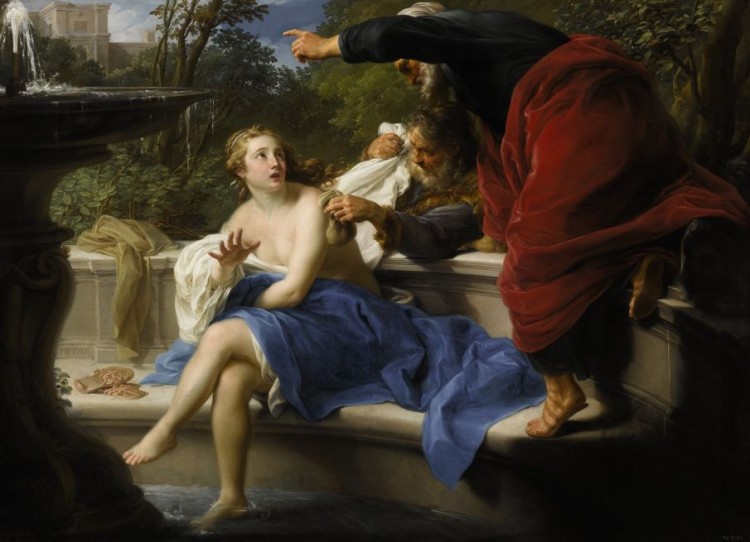NEW YORK—Leading Sotheby’s Old Masters Paintings and Sculpture sale in New York on Jan. 31 is “Susanna and the Elders,” a major work by Pompeo Girolamo Batoni from 1751. Its presale estimate is $6 million to $9 million.
The monumental canvas (39 by 53.5 inches) has not been seen publicly in over 40 years and is currently on view in Sotheby’s London galleries through Dec. 6, before it returns to New York for exhibition early next year.






